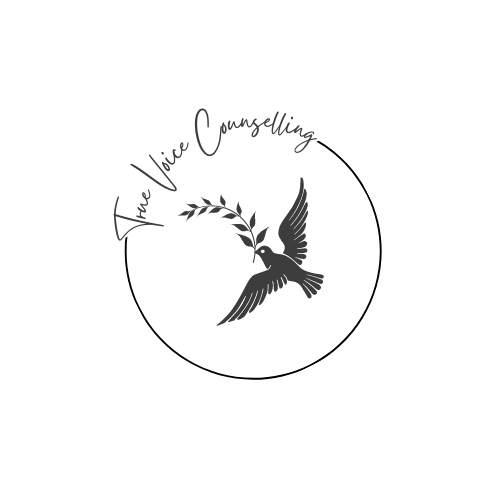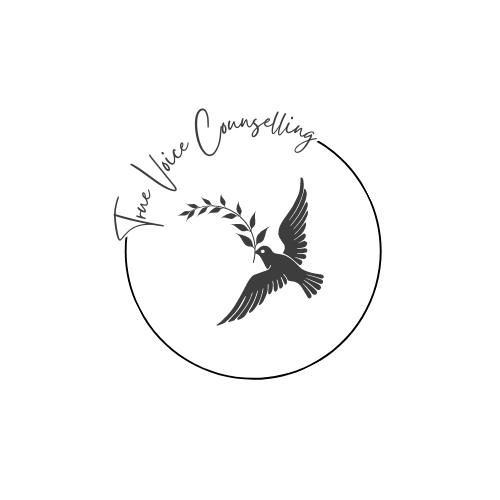My Approach
My Approach
I believe therapy should feel like a space that’s made for you. That’s why I work in a pluralistic way—drawing from a range of psychological approaches and always inviting you into the conversation about what feels most helpful. Some clients need a space to explore painful memories. Others want tools to manage anxiety, reconnect with their emotions, or understand relationship patterns. There’s no one right way to do therapy, and we’ll figure out the path together.
What I Believe
I see people as whole, complex, and worthy, even when life feels overwhelming. We all carry different parts of ourselves—some confident, some anxious, some hurting—and each of those parts has something important to say.
I also believe we’re shaped by our relationships, culture, family, and the systems we live in. Many of the patterns we struggle with now began as ways to cope, connect, or stay safe. In therapy, we bring those patterns into the light—not to blame, but to understand and shift them with care.
The Importance of Relationship
The relationship between us is at the heart of the work. When therapy feels safe and grounded, it becomes possible to explore things that might otherwise feel too vulnerable or unclear.
I aim to bring warmth, honesty, and attunement to each session. I won’t sit silently or act like an expert on your life. Instead, I’ll show up as a real person—and offer a space where you can show up fully too.
How We Might Work Together
Because I work pluralistically, I’ll tailor our sessions to meet your needs and preferences. Some of the approaches I often draw from include:
Person-Centred Therapy – You lead. I offer non-judgmental presence and support while you explore what matters most.
Emotion-Focused Therapy – We tune into your emotional experience instead of avoiding or overriding it. Together we can learn how to listen to them, soothe them, and respond in ways that feel empowering and kind.
Psychodynamic Therapy – We explore how early experiences might be shaping your present-day relationships, reactions, and beliefs.
Internal Family Systems (IFS) – We get to know the different parts of you (like the critic, the carer, or the protector) and create more space for balance and self-compassion.
Cognitive Analytic Therapy (CAT) & Transactional Analysis (TA) – We map out patterns in how you relate to others and yourself, and find new ways to respond.
Experiential & Creative Techniques – We might use writing, drawing, movement, or metaphor to help you connect with things words can’t always reach.
Somatic Techniques – We include the body, using grounding, breath, and movement to support safety and presence.
Trauma-Informed & Shame-Sensitive Practice – We go gently and at your pace, especially around past trauma or internalised shame.
Inclusive & Affirming Therapy – I warmly welcome all genders, sexualities, neurotypes, and cultural backgrounds. Our work will honour your lived experience and identity.
My Commitment to You
My goal is to help you feel more connected to yourself and others. Whether you’re navigating grief, burnout, anxiety, relationship struggles, or just a sense of feeling lost—this space is here for you. Your struggles are not too much or too little. You just need to come as you are.

